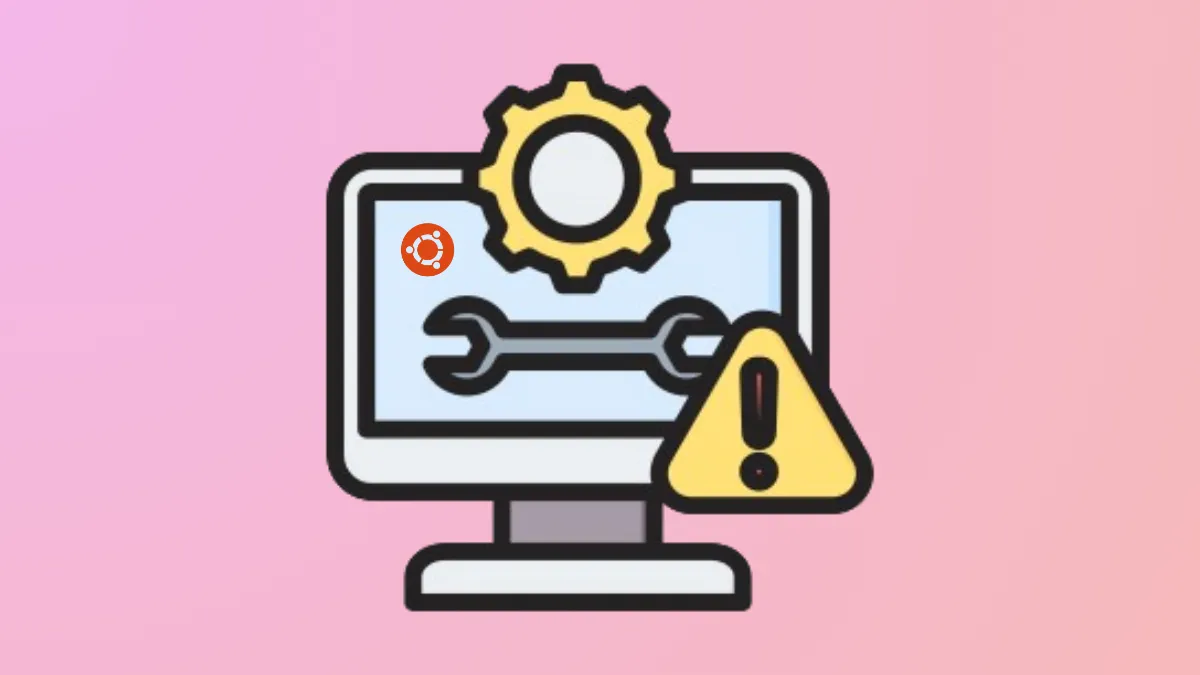APT package errors such as Unable to correct problems, you have held broken packages disrupt software installation, upgrades, and system stability on Ubuntu. These issues typically stem from interrupted installs, dependency mismatches, or misconfigured repositories. Addressing the problem promptly restores normal package management and prevents further system complications.
Fix Broken Packages with apt and apt-get
Step 1: Begin by updating your package lists to ensure your system references the latest versions and metadata. This step often resolves dependency issues caused by outdated information.
sudo apt update --fix-missingThis command refreshes the list of available packages, ignoring missing dependencies for now. If you suspect missing dependencies are the root cause, follow up with:
sudo apt install -fThe -f flag instructs APT to attempt to fix broken dependencies by installing missing packages or completing unfinished installations. If prompted, allow the suggested changes to proceed.
Step 2: If you continue to see errors related to held or broken packages, attempt a system upgrade to resolve outstanding dependency conflicts.
sudo apt upgradeIf some packages are held back or not upgraded, use:
sudo apt dist-upgradeThis command performs a more comprehensive upgrade, handling changes in dependencies that regular upgrades might not resolve.
Reconfigure or Remove Broken Packages with dpkg
Step 1: Use dpkg to reconfigure packages that may be partially installed or misconfigured:
sudo dpkg --configure -aThis command attempts to complete the configuration of any unpacked but unconfigured packages. If it returns no output, all packages are properly configured. If errors appear, note the package names for further troubleshooting.
Step 2: Identify packages requiring reinstallation or removal. List problematic packages using:
dpkg -l | grep -E '^..r'Packages with an r in the third status column are in a "reinst-required" state, indicating broken installations.
Step 3: Remove or purge these problematic packages as needed:
sudo dpkg --purge --force-all [package-name]Replace [package-name] with the actual package identifier. Use this command cautiously, as it will force removal even if it triggers further dependency issues.
Step 4: Clean the local package cache to remove obsolete files:
sudo apt cleanFollow up with another update to refresh package lists:
sudo apt updateResolve Package Dependency Conflicts with aptitude
Step 1: If standard apt or apt-get commands fail, try using aptitude, which provides more interactive solutions for resolving dependency conflicts.
sudo apt install aptitude
sudo aptitude install [package-name]Aptitude will propose multiple solutions, such as downgrading, removing, or installing additional packages. Review each proposal carefully and select the one that best fits your needs. If the first suggestion involves removing many packages, decline with n to see alternative solutions.
Step 2: For persistent dependency issues, force installation with:
sudo aptitude -f install [package-name]This option attempts to fix broken dependencies while minimizing disruptive changes.
Identify and Fix Issues with Software Sources
Step 1: Examine your /etc/apt/sources.list and any files in /etc/apt/sources.list.d/ for non-standard or outdated repository entries. Mismatched or conflicting repositories can introduce incompatible package versions, leading to broken dependencies.
Open the sources list with a text editor:
sudo nano /etc/apt/sources.listComment out any lines referencing different Ubuntu releases or third-party sources that may no longer be valid by placing a # at the beginning of each line. Save and exit the editor, then update your package lists:
sudo apt updateRestoring the default repositories or removing problematic PPAs often resolves version conflicts and dependency errors.
Use Synaptic Package Manager for Graphical Troubleshooting
Step 1: Install Synaptic if it's not already present:
sudo apt install synapticStep 2: Launch Synaptic from your application menu. In the Synaptic interface, select Edit → Fix Broken Packages. Repeat this step if prompted.
Step 3: Click on Custom Filters in the left pane, then choose Broken from the list. This displays all packages with unresolved dependencies or installation issues.
Step 4: For each broken package, right-click and select Mark for Reinstallation or Mark for Removal as appropriate. Apply the changes to repair or remove the problematic packages. Synaptic provides clear feedback and options for resolving conflicts without using the terminal.
Manually Uninstall and Reinstall Problematic Packages
Step 1: If a specific package repeatedly fails to install or upgrade, remove it completely with:
sudo apt remove --purge [package-name]This command deletes the package and its configuration files.
Step 2: After removal, clean up residual files and update package lists:
sudo apt autoremove
sudo apt clean
sudo apt updateStep 3: Reinstall the package:
sudo apt install [package-name]This approach resolves issues caused by corrupted installations or leftover configuration files.
Check for DPKG Lock Issues
Step 1: If you encounter errors stating another process is using DPKG or APT, ensure no other package operations are running. If the error persists, manually remove lock files:
sudo rm /var/lib/apt/lists/lock
sudo rm /var/cache/apt/archives/lockAfter deleting the lock files, retry your package management commands. Ubuntu 24.04 and newer generally handle lock file conflicts automatically, but manual intervention may be required on older releases.
Detect and List Broken Packages
Step 1: To identify broken or partially installed packages, use:
sudo apt-get checkThis command checks for package dependency problems but does not resolve them.
Step 2: For a detailed list of problematic packages, run:
dpkg-query -W -f='${db:Status-Abbrev} ${binary:Package}\n' | grep -E '^.[^nci]'This output highlights packages not in a fully installed (ii) state, flagging those that need attention.
Step 3: For further diagnosis, use:
dpkg -CThis command reports packages with incomplete installations or configuration issues, guiding your next steps for repairs.
Maintaining a healthy Ubuntu system means addressing broken packages quickly. These methods streamline troubleshooting, restore normal package management, and help prevent future package errors.


